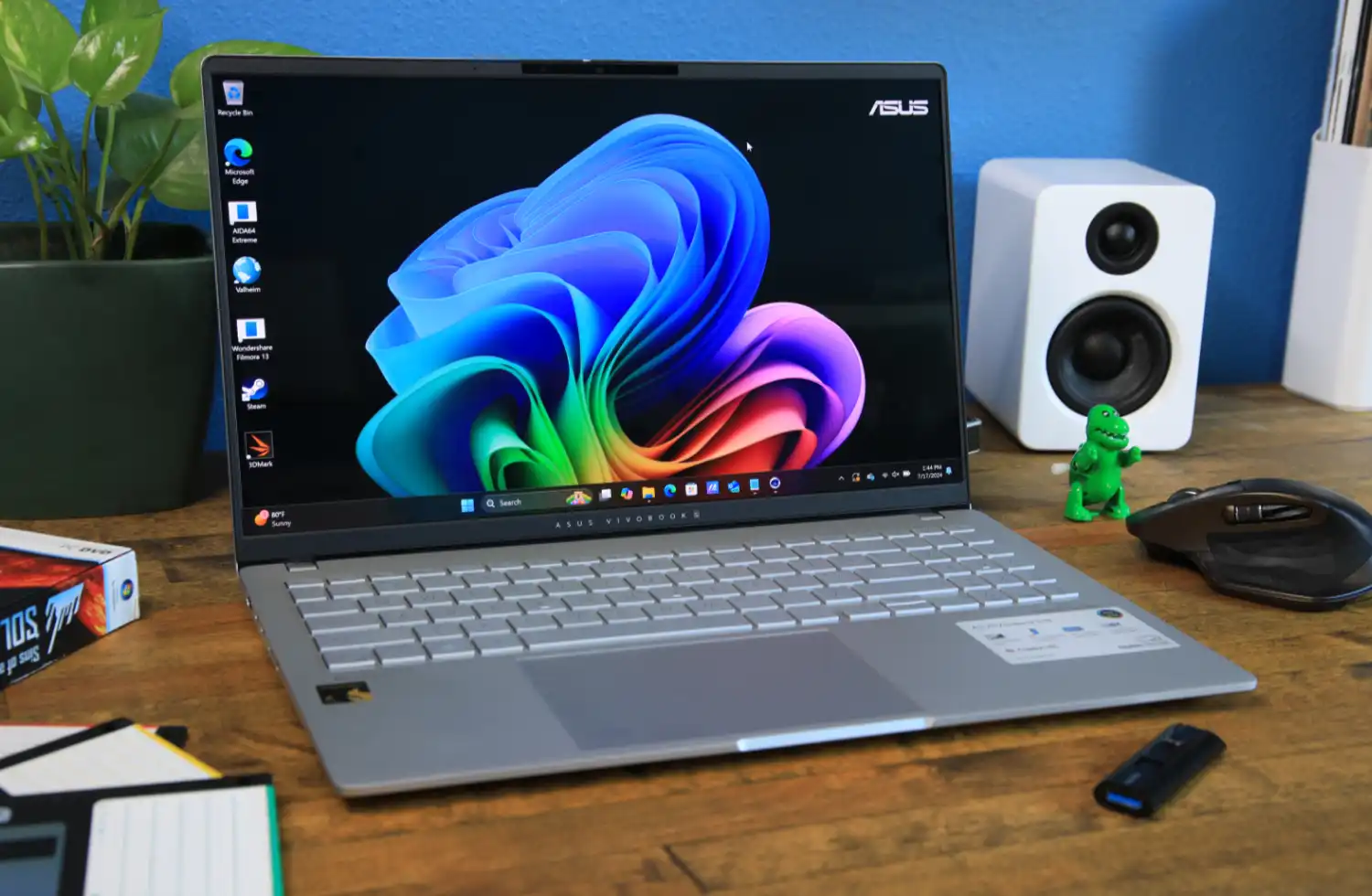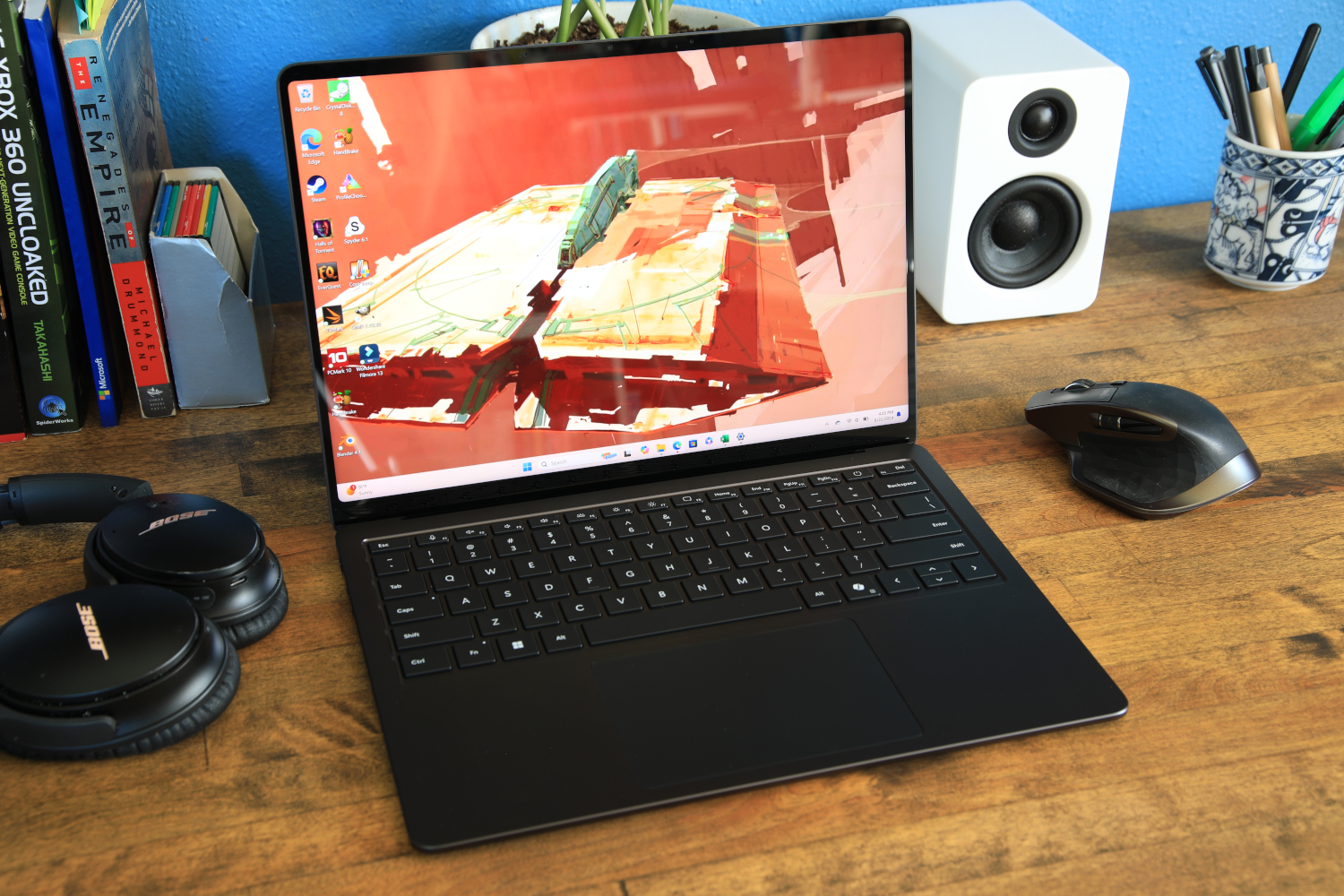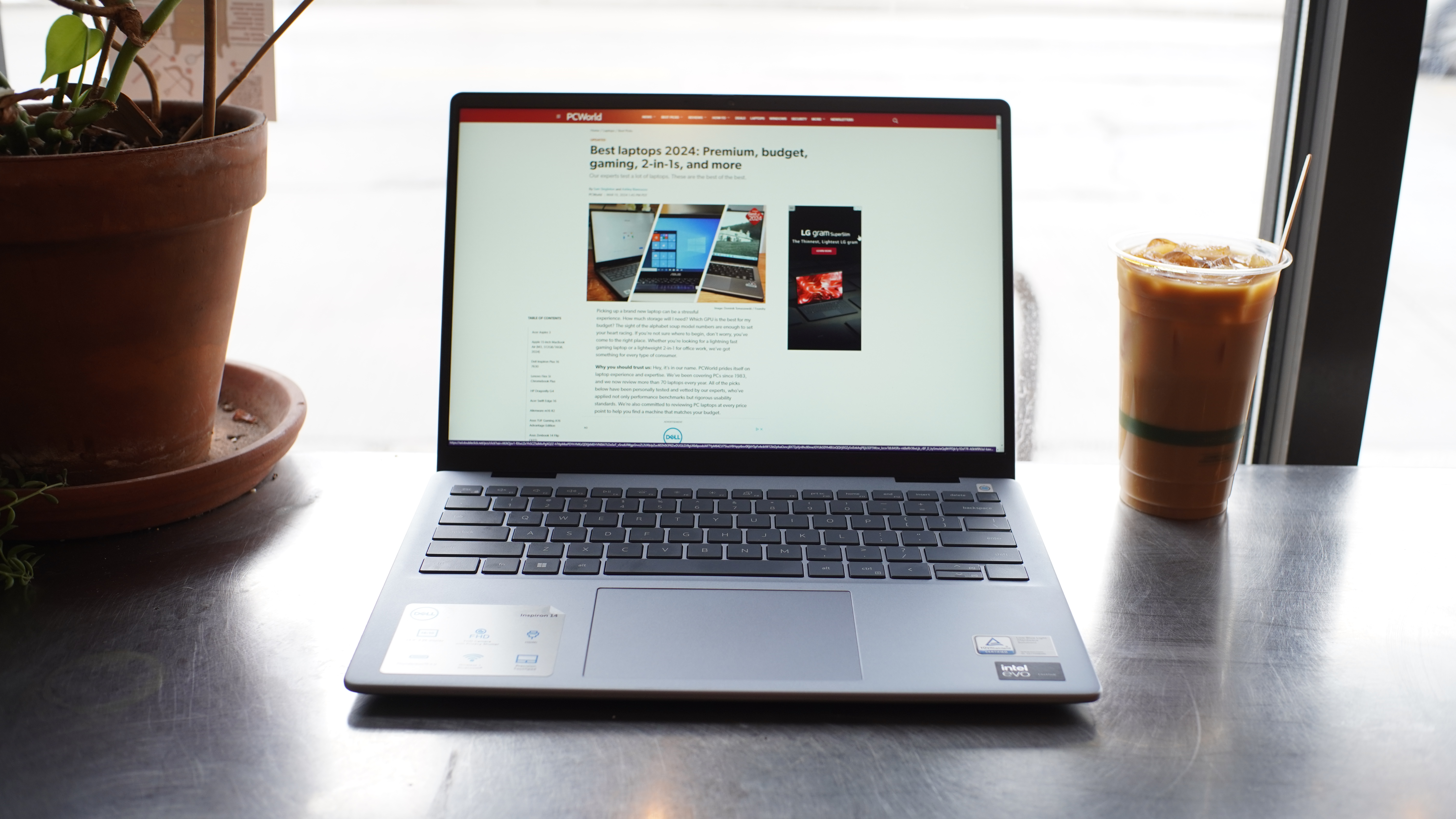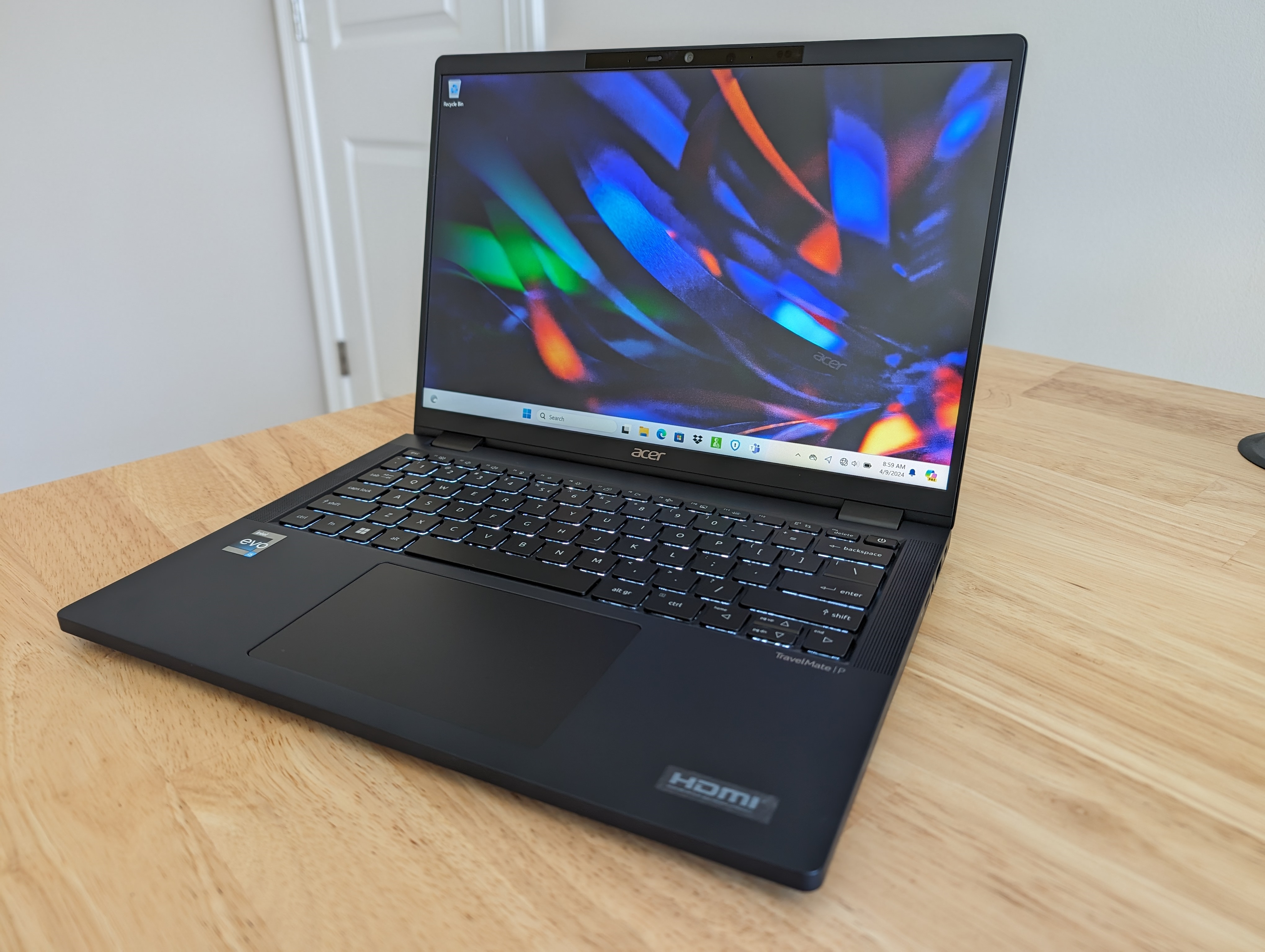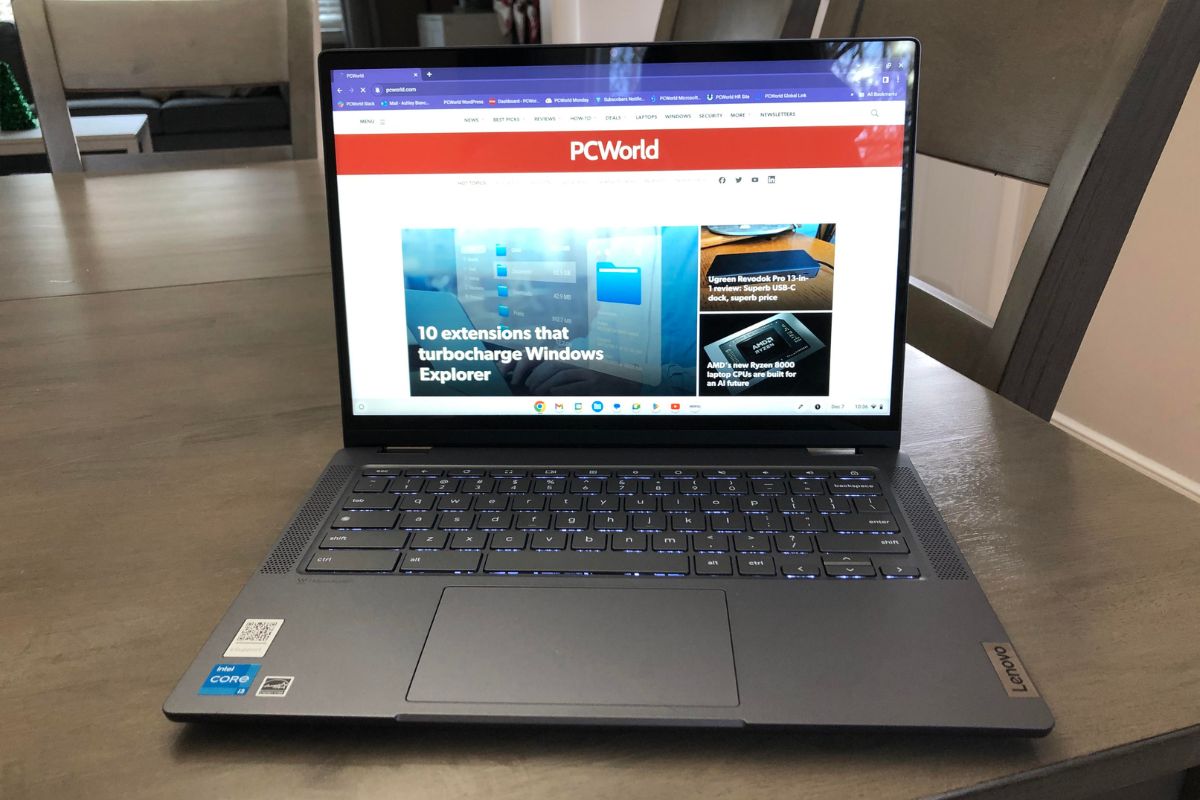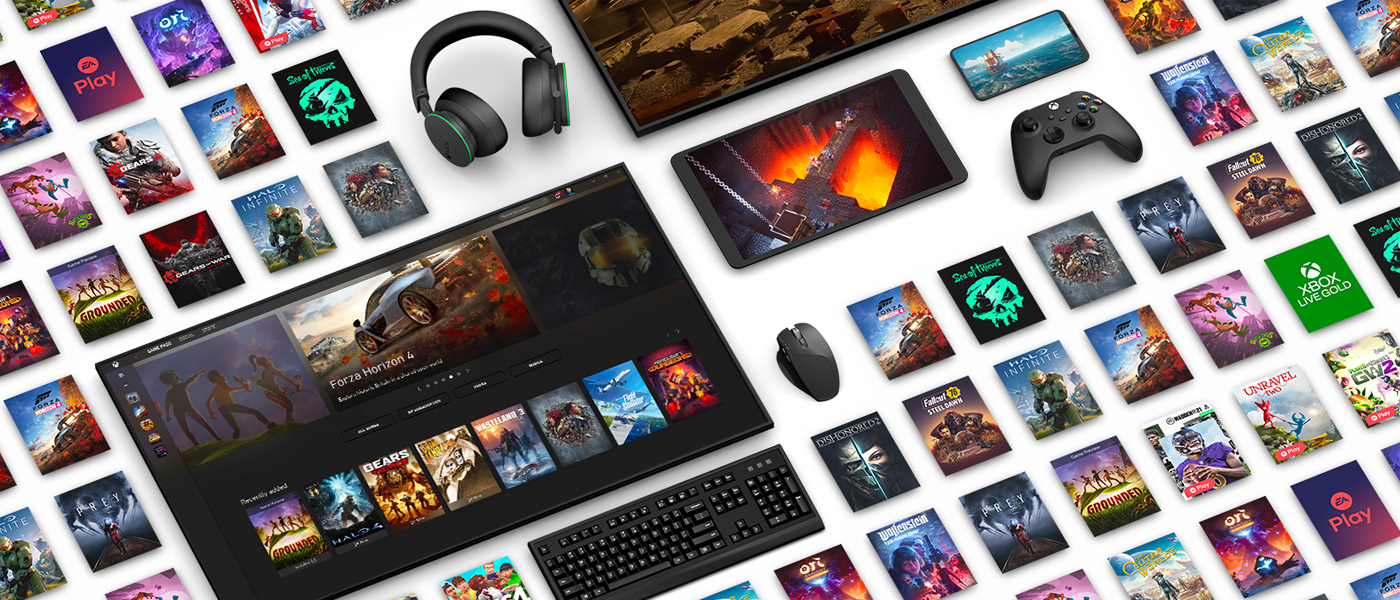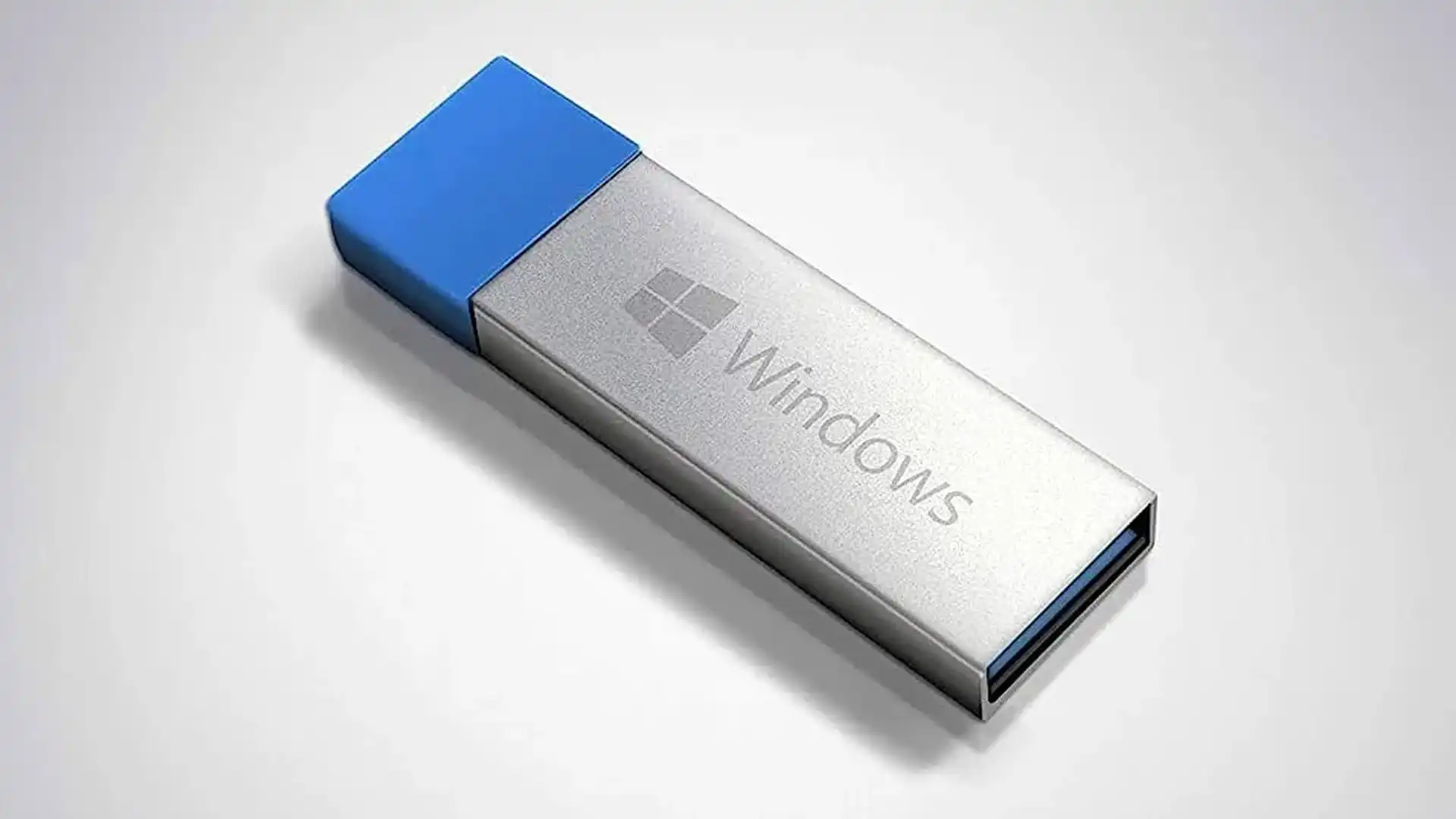It’s that time of year again, folks. Whether you’re a freshman heading off to college for the first time or a returning student, you’re going to need a good laptop that will last you through your school years (and maybe beyond!). But finding the right laptop for your needs can be like searching for a needle in a haystack–daunting. What screen size should you spring for? Do you really need an all-powerful processor for research and general web browsing? Fortunately, I can help.
In addition to overseeing PCWorld’s laptop reviews, I also maintain our top pick roundups such as best laptops and best Chromebooks. Notebooks are my job, so I know what to look for in a college laptop. If you’re not sure where to begin your search, don’t sweat it — I’ll guide you every step of the way.
6 must-have features in any college laptop
Battery life
The number one must-have feature when it comes to college laptops? Good battery life, hands-down. You don’t want your laptop to suddenly turn off when you’re in the middle of taking notes for an upcoming exam. I’ve been there and it sucks. So, what’s a good number to hit for battery life?
I’d recommend a laptop with 10-15 hours of battery life, but we recently tested a few laptops with Qualcomm processors that last 20+ hours on a single charge while watching video, which is absolutely bonkers. The Surface Laptop 7 lasted 20 hours and the Samsung Galaxy Book4 Edge lasted 21 hours. The Galaxy Book4 Edge is especially impressive, as it’s a 16-inch laptop with an OLED display and, if you know anything about OLED displays, you probably know that they typically consume a lot of power.
While laptops with Qualcomm processors are great and can handle the basics, they don’t always work with specialized PC software that some courses may require. So, if you’re in the market for a laptop with an Intel Core processor or AMD Ryzen processor, both of which offer perfect software compatibility, we’ve reviewed plenty of those too. You’ll definitely want to check out the Dell Inspiron 16 Plus (17 hours!) and the Lenovo ThinkBook 14 2-in-1 (14 hours!), both of which are long-lasting.
Enough power for writing papers and general web browsing
You don’t need a ton of power for basic tasks like writing papers, research, general web browsing, and so on. You can easily get by with an Intel Core i3, 8GB of RAM, and 256GB of SSD storage. That said, more RAM and storage will improve the speed of the laptop, so you’ll notice a smoother web browsing experience as well as better multitasking performance like being able to simultaneously run multiple applications.
If you can afford it, I’d recommend bumping up your configuration to 16GB of RAM and either 512GB or 1TB of SSD storage, especially if you’ve got a big backlog of games in your library.
A good screen that won’t hurt your eyes
Having dealt with eye strain and tension headaches for years, I know how important it is to invest in a laptop with a good screen. You might as well. Whether it’s tuning in to a remote lecture or writing a compare and contrast essay late into the night, you’re going to be staring at the screen a heck of a lot. The minimum resolution I’d recommend is 1920×1080–it’s sharp enough for writing essays, watching Netflix, answering e-mails, scrolling through your synopsis, and so on. Any lower than 1080p and you’ll find yourself leaning in to squint at the ants, I mean words on your screen.
If you’re interested in a laptop with a lovely screen, you should really check out the Asus Zenbook 14 OLED, which is the Best For Students Runner-Up pick in PCWorld’s best laptops for college students roundup. According to our review, “movies and games look realistic and vibrant” on this 14-inch 1920×1200 OLED touch display. OLED displays are also known for producing deeper blacks and richer colors than their IPS counterparts, so this laptop may be a good option for those majoring in graphic design.
A lightweight form factor
Nobody wants to be lugging a heavy laptop from class-to-class. If you’ve got a jam-packed schedule this year, then you’ll really need to take a laptop’s weight into consideration. Gaming laptops, for example, tend to be heavier machines often weighing six pounds or more. That’s because they house bigger and more powerful hardware inside. There are a few lightweight gaming options out there in the universe, but if it’s raw power you’re after, chances are you’ll end up with a bulkier one.
Anything under four pounds is considered “portable” in the laptop world. That said, folks with weak arms and shoulders (hi, it’s me) may opt for something even lighter. If that’s you, then you’ll want to pick up the Acer TravelMate P6. It weighs just 2.65 pounds and it has all the essential ports a college student would need.
The right operating system for your needs
macOS, which you’ll find on Apple laptops like the MacBook Air (M3), integrates really well with other Apple products like the iPhone. Setting up a MacBook is also pretty easy and the whole process feels really polished.
A comfortable keyboard
Let’s talk about key travel for a second. Key travel is the distance the key requires to fully depress and send a command to the computer’s CPU. This distance is measured in millimeters. My rule of thumb? A keyboard with a longer key travel is going to provide a more comfortable typing experience. Anything beyond 1.4 mm of travel is ideal. The most common type of laptop keyboard is a membrane keyboard, which has rubber or silicone underneath each key. Membrane keyboards are quieter and more affordable than the mechanical variety–making them a more suitable option for a classroom environment.

